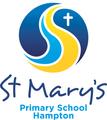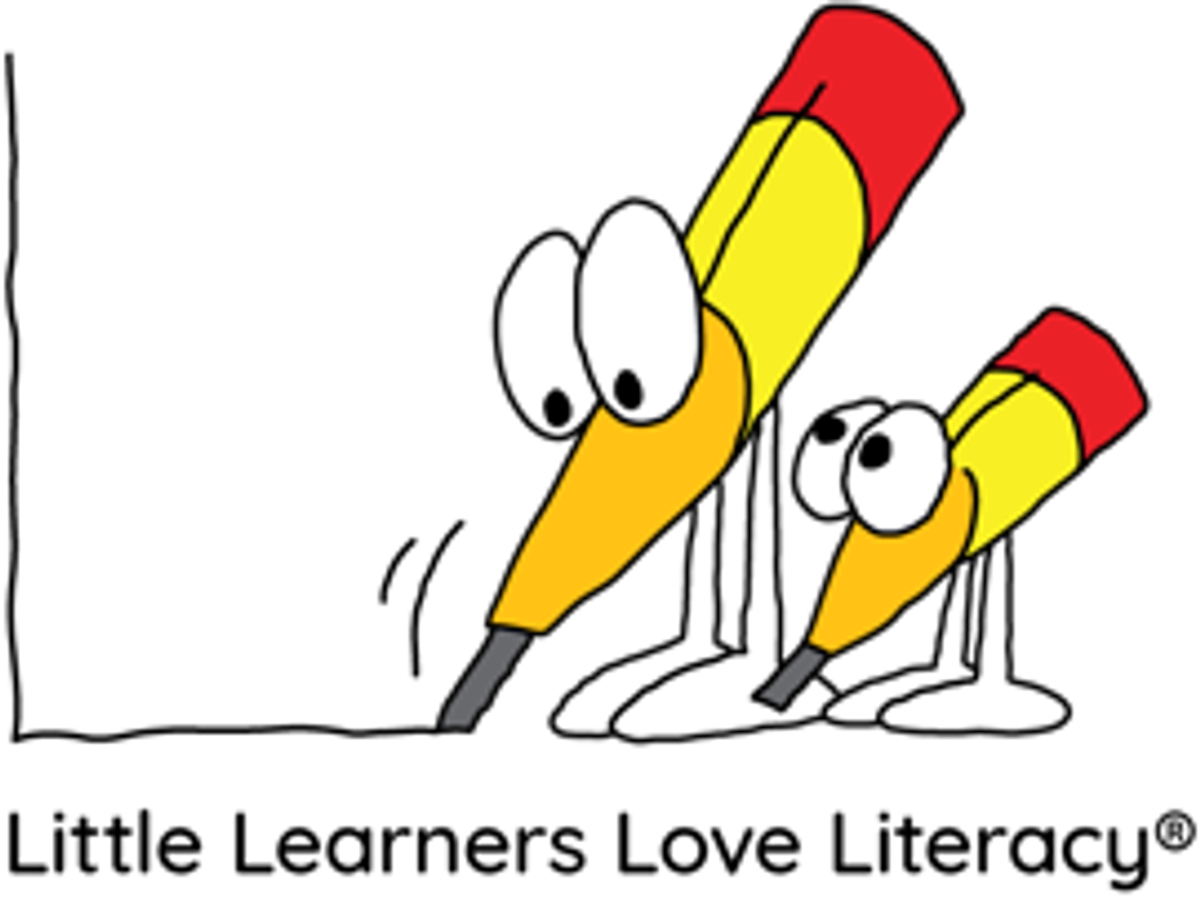Literacy News

At St Mary’s we pride ourselves on providing good quality evidence based teaching programs throughout our whole school.
Our approach to teaching Reading is built on a strong foundation in our Junior School using Little Learners Love Literacy as our core. We then use the base principles that underpin this program to flow through the rest of the school.
What is Little Learners Love Literacy?
Little Learners Love Literacy is an explicit and sequential literacy approach for teaching children to read, write and spell with confidence.
Evidence-based literacy research stresses the importance of explicit and sequential literacy teaching from the beginning. Our goal is to have this happening in every Foundation classroom from the start, giving children the best possible chance of developing into fluent readers, writers and spellers. Little Learners Love Literacy is a systematic and engaging program with focussed explicit lessons, games, crafts, music, puppets, drawing and much more
Our Seven Stages sequence ensures that children are never asked to read something that is too difficult for them or that they have not been taught the skills to read yet. Decodable Books are our ‘secret ingredient’ for success. They only use the sounds and letters children have been explicitly taught allowing them to apply their learning and build confidence. These are Australian books children LOVE to read with words they CAN read.
The science of reading
Little Learners Love Literacy have created resources from the growing body of scientific evidence now referred to as "the science of reading".
"The science of reading is a vast, interdisciplinary body of scientifically-based research about reading and issues related to reading and writing. This research has been conducted over the last five decades across the world, and it is derived from thousands of studies conducted in multiple languages. The science of reading has culminated in a preponderance of evidence to inform how proficient reading and writing develop; why some have difficulty; and how we can most effectively assess and teach and, therefore, improve student outcomes through prevention of and intervention for reading difficulties."
Scientific research for the effective teaching of reading
Researchers Gough and Tumner proposed their model in 1986 - the Simple View of Reading.
It shows that reading can be represented as two co-dependent skill sets – word recognition (decoding) and language (or linguistic) comprehension. Reading is a product of word recognition and language comprehension (0x1=0), and both are required for successful reading. Word recognition skills include phonemic awareness, phonics and fluency.
In 2000, in the largest, most comprehensive evidenced-based review ever conducted of research on how children learn to read, the USA National Reading Panel (NRP) presented its findings. The specific areas the NRP noted as crucial for reading instruction were phonemic instruction, phonics, fluency, vocabulary, and comprehension. The recommendations were that students must be taught these areas explicitly and systematically.
This is what we refer to as The Big 6 and these are taught explicitly across our school.




